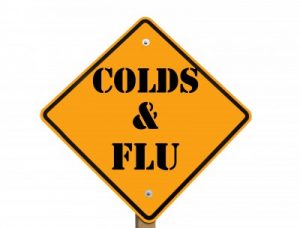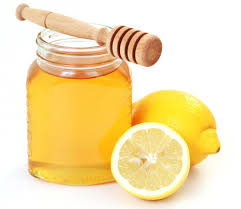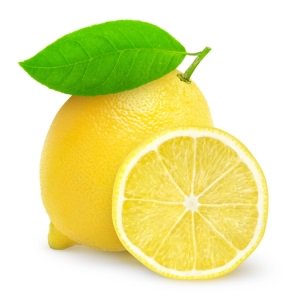Fighting colds naturally
We live in a world that demands a lot from our bodies. The everyday stresses we put our bodies though can leave us feeling very low and run down. We forget to drink enough water, we forget to fuel our bodies with the nutrients it needs to keep these germs and viruses at bay. This unfortunately opens up an opportunity for virus to attack.
It is all too easy to grab some over the counter medication and carry on, but these only suppress the symptoms, they do very little to aid in the healing process and often interfer.
Here are some safer and more natural ways of beating the winter colds and Flu.
Drink plenty of water
Drinking that H2O will flush out the build of toxins along with the germs and viruses.
Get plenty of rest
Resting when you first come down with a cold or the Flu allows your body to direct its energy to the immune system that is battling to get you back on track. This battle exhausts the body. Give it a little help and put those feet up.
Drink hot liquids
Drinking warm water with Lemon is very soothing to the throat, it breaks up congestion and gives your body an extra dose of Vitamin C. Adding Honey and Ginger or a mix of the two is also great. Ginger is an effective decongestant. Honey contains many vitamins such as vitamin B6 and Zinc, which both help boost our immunity. Honey has antibacterial, antifungal, and antioxidants qualities, great for flushing out nasty toxins. (Buy natural and local as possible)
Steam
Steaming regularly during illness breaks up the congestion and eases some discomfort
in your nose.
Eat garlic
Garlic is a cure in its self! It is a natural antibiotic and great immune system booster.
Cut out sugar and caffeine
Sugar and caffeine especially suppress the immune system. They make it very sluggish and ineffective at fighting off viruses.
Elderberry syrup
Take a regular dose of elderberry syrup. Elderberries are very high in vitamin A, B and C. This is how we make our natural syrup.
Do not fear that fever
Remember the fever is just a great sign that your immune system is doing a great job at killing the virus. Just rest and keep comfortable.
Vitamins for cold and flu
Doing all of the above will see you recovered in no time. The vitamins listed below can also give you an extra boost. Please consult your chosen practitioner for advice before taking.
• Vitamin C
Taking a high dose of vitamin C can greatly speed up recovery.
• Zinc
Zinc is important for a healthy immune system. Zinc has been found to shorten the duration of the common cold dramatically.
• Vitamin D
Getting a sufficient amount of vitamin D is essential for a healthy functioning immune system. You can get a sufficient amount just by spending 10 minutes outside in mid day sun, during the winter months though this can be tricky. We recommend using the more natural brands such as Viridian and Pukka.
Natural foods that are high in this vitamin are oily fishes especially salmon, mushrooms and eggs. (Mushrooms exposed to sunlight when growing or before eating contain more Vitamin D)
Immune enhancing herbs
Echinacea
The most thoroughly researched herb is Echinacea. Prior to 1950 and the introduction of antibiotics, Echinacea held an esteemed medicinal status. It has the ability to boost general immunity. It stimulates our white blood cells, one of the first lines of defence against viruses. It is said to reduce the duration of the common cold dramatically. It is most effective taken as soon as symptoms appear.
Oregano
This is nicknamed by many as “Natures antibiotic” Oregano oil has anti-fungal and antiviral properties. It is loaded with vital nutrients like magnesium and zinc and vitamins C and E.
If you are blocked up it may help to add a few drops to a diffuser or hot water to inhale for a few minutes. It is also great for a sore throat, adding a couple of drops to some fresh juice or herbal tea may provide some relief. Be warned it tastes terrible (Vision the scene from Nanny Mcphee where she dishes out gross looking medicine to the children) This is natural medicine remember not liquid covered in sugar. This oil is only recommended for short term use and is not recommenced for all. Children and pregnant or nursing mums should speak to their preferred practitioner before using.
Peppermint and Eycalyptus
These herbs contain compounds that relax the airways and open congested sinuses.



